Heralding the Storm: Soviet T-26 Tank
January 21st, 2023
7 minute read
During the First World War, the Imperial Russian military was never able to produce its own tanks for use in combat. It had developed the ambitious Tsar Tank, a behemoth of a vehicle that was really more of a rolling gun platform than an actual tank, and also devised the Vezdekhod, a one man light armored vehicle. A single prototype of each vehicle was produced — but the efforts never progressed further.
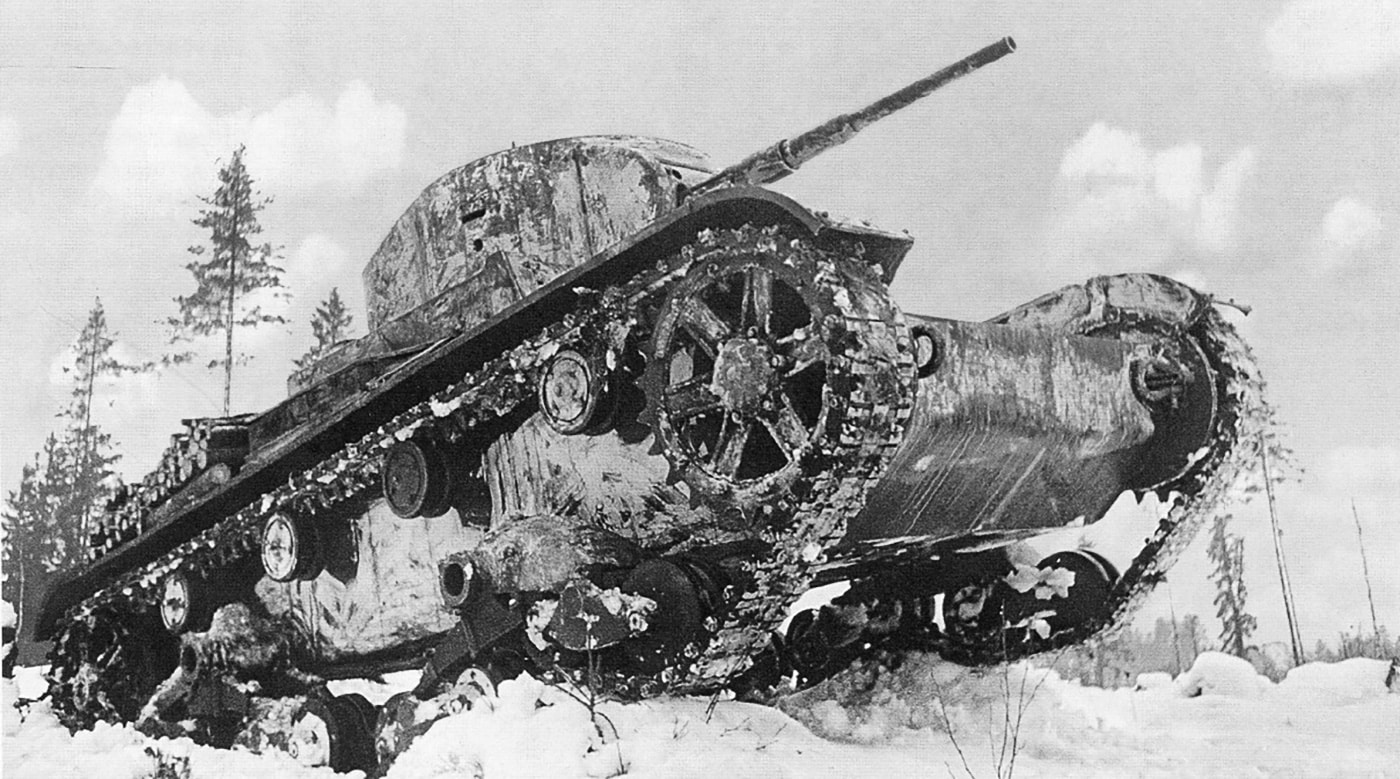
Instead, the first actual tanks employed in Russia were of British origin — Mark V heavy tanks that were originally supplied to the White Forces during the Allied intervention in the Russian Civil War. The exact number isn’t known, but those that weren’t destroyed were subsequently captured by the Red Army and used by the Soviet of Armored Units, the precursors to the Red Army Tank Corps. It is believed that some of the Mark Vs remained in storage when a handful of the tanks were reactivated during the Battle of Stalingrad. The slow lumbering tanks would have certainly been no match for the German Panzers of the era.
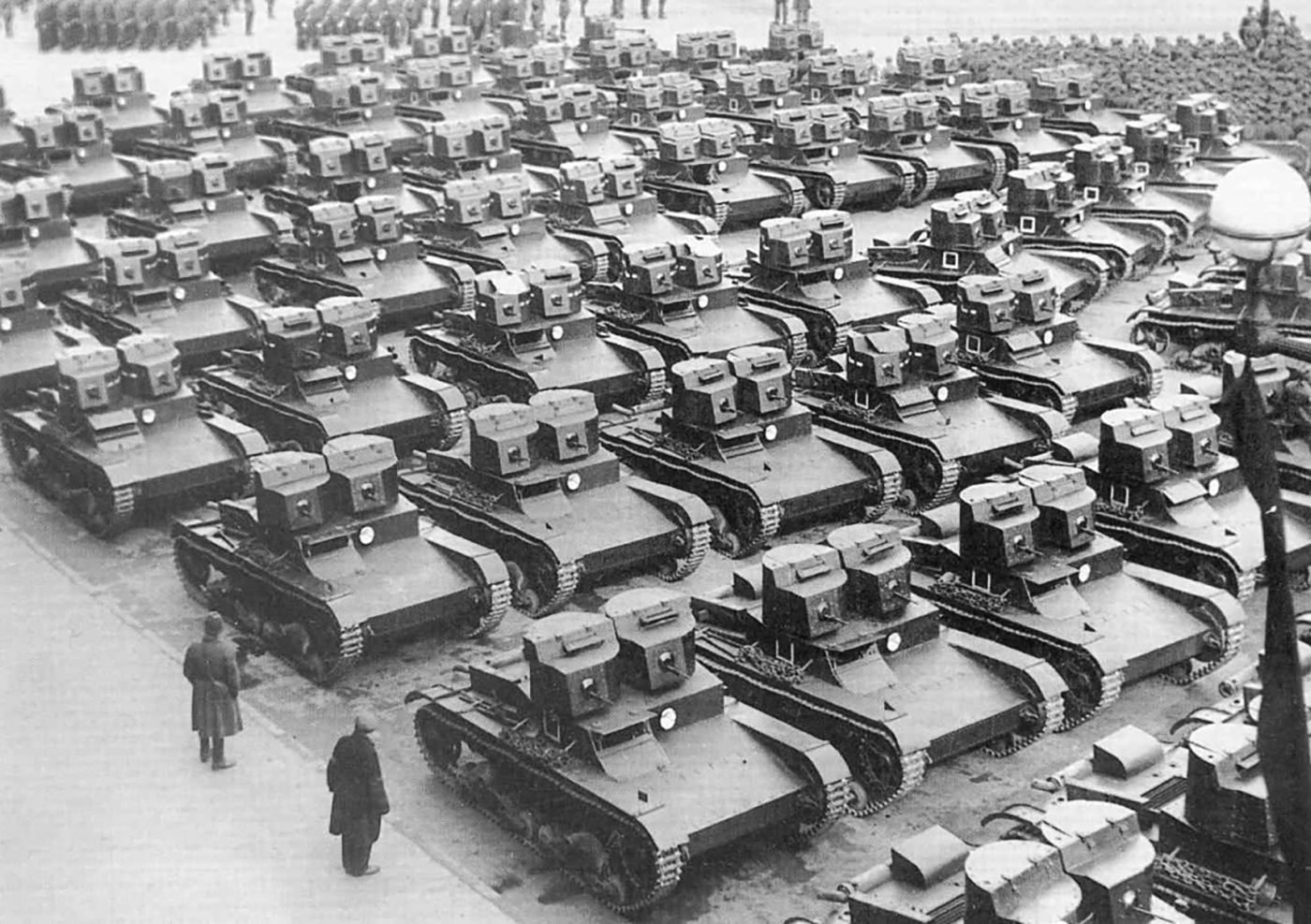
Other captured tanks included a handful of French Renault FT two-person light tanks. In addition, the fledging armored forces also utilized a number of armored cars and notably the Soviet armored trains that had played a significant role in the Civil War.
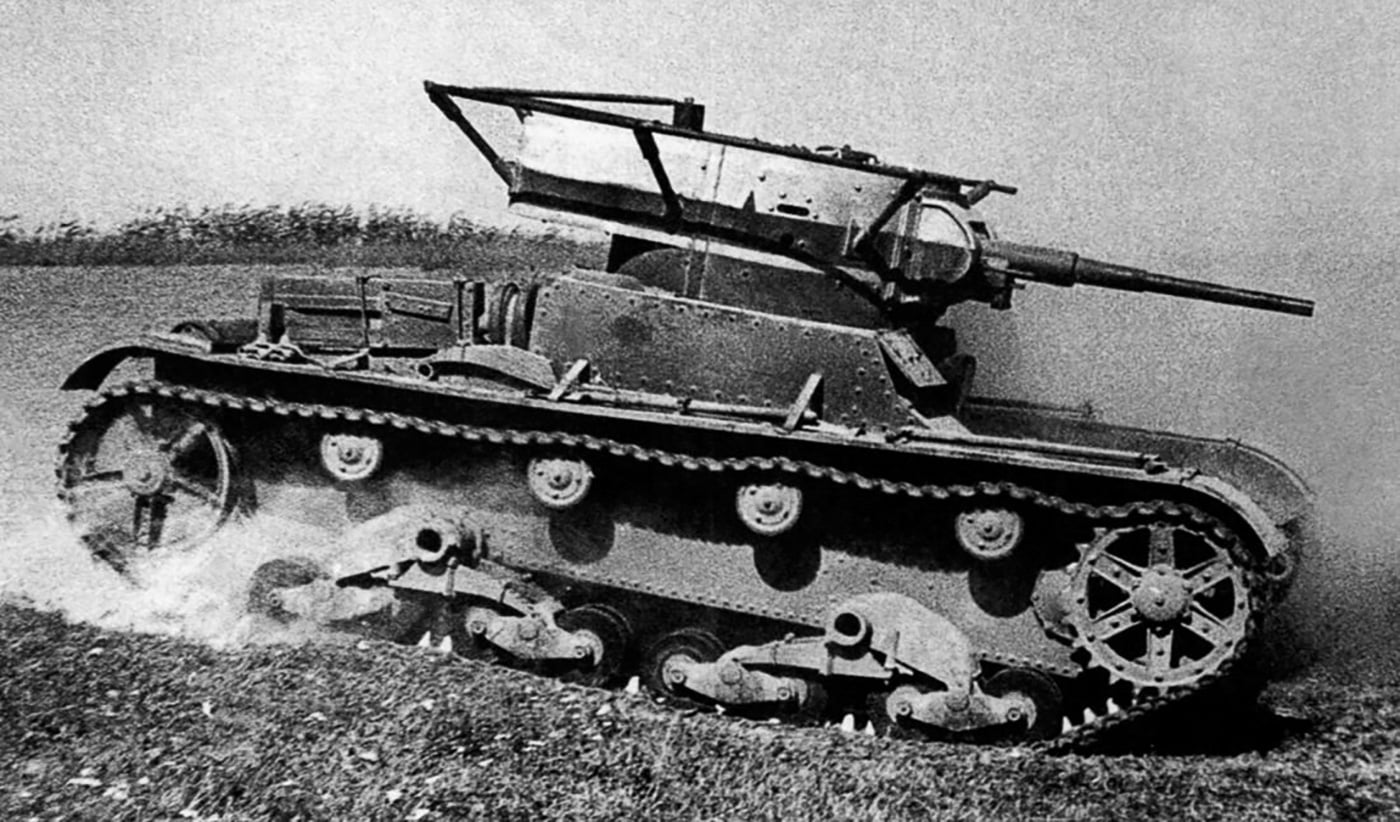
After its victory in the Russian Civil War, the Soviet Red Army produced around 125 T-18 tanks, an improved copy of the aforementioned Renault FT, but with a larger turret and improved suspension. Dubbed the “Russky Renault,” it was hardly a portent for the classic Soviet tank designs to come.
However, the next licensed copy of a western-designed tank proved to be the inspiration that would set the Kremlin on the course to be a tank powerhouse.
Enter the Vickers Mk.E
The mighty Soviet Red Army’s armored forces that would go on to convincingly defeat the German Army in the latter half of the Second World War had its modest beginnings in the 1920s. Whereas the T-18 proved to be a poor copy of an innovative but dated tank, and with little improvement, the same couldn’t be said for the T-26, which was based on a design from the British-based Vickers-Armstrong.
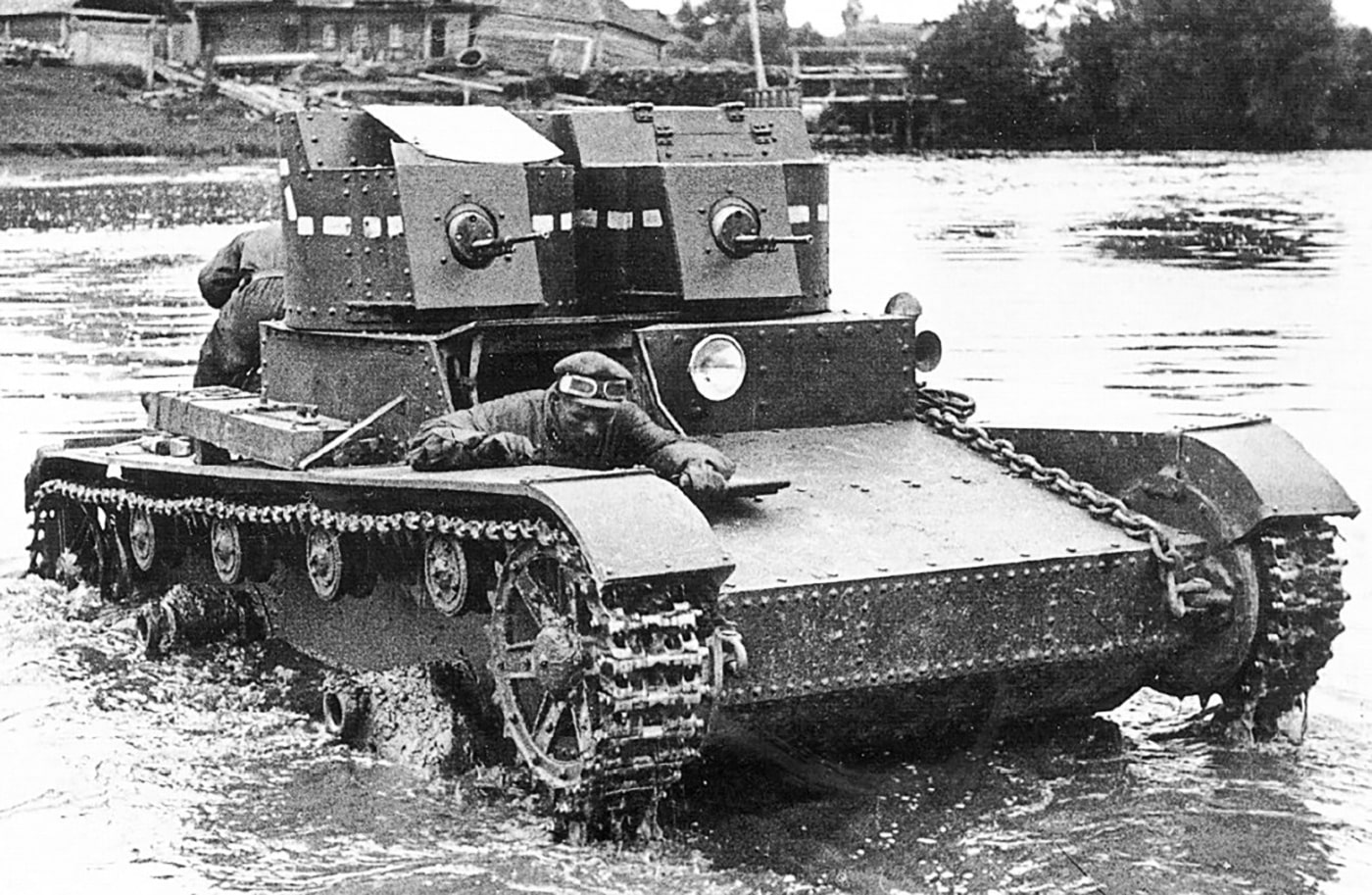
The UK arms manufacturer had actually designed its Vickers 6-Ton — also known as the Vickers Mk.E — as a tank for export to what were seen as “less technically advanced countries” including those in South America and Asia. In the late 1920s, the 6-ton was actively marketed to China, Japan, Brazil, Poland and even the Soviet Union. It may be hard to think that the British would want to arm potential foes with such a vehicle, but it had been rejected for use with the British Army, and Vickers-Armstrong received the go-ahead to find export buyers.
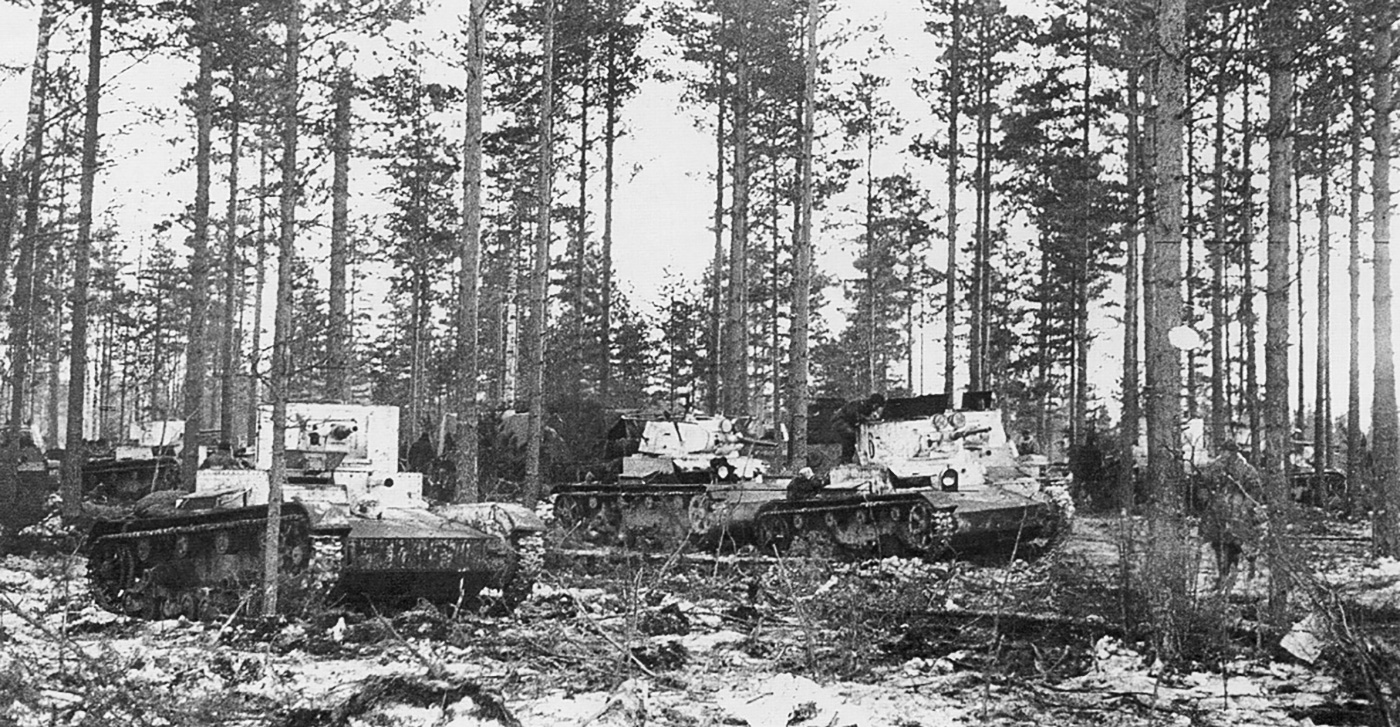
Essentially, the British military assumed it was far from a robust design, and there were no real qualms about it being exported. Adopted by more than a dozen nations, the Vickers Mk.E proved to be the right platform for the wars of the era, and it was deployed in a variety of terrains. It first saw service in the Gran Chaco War between Bolivia and Paraguay in the early 1930s and then in the Spanish Civil War, the Second Sino-Japanese War, and various conflicts tied to the Second World War — notably the Winter War between Finland and the Soviet Union and the Franco-Thai War, where it was used by Royal Thailand Army.
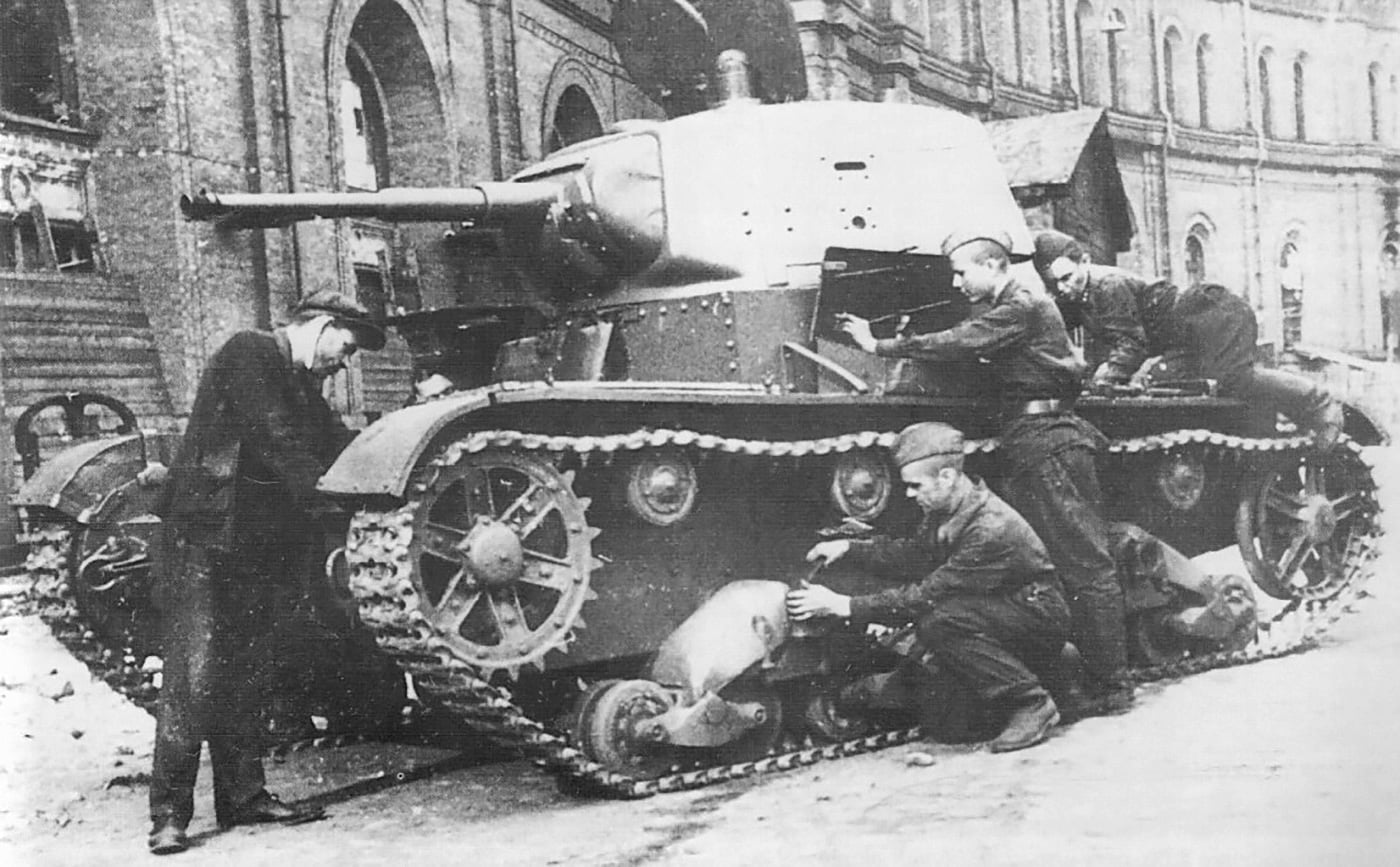
In the Winter War, it was used by both sides, in part because the Soviet Red Army had not only been the first foreign buyer of the Vickers Mk.E, but also had the foresight to see that it could be the basis of an even better tank.
The Soviet T-26 is Born
As noted in Peter Chamberlain’s and Chris Ellis’ armored warfare encyclopedia Tanks of the World 1915-1945, “The T-26 was a license-built version of the Vickers 6ton light tank Models A and B… the successful design had all-riveted construction, and air-cooled rear engine, and twin turrets (Model A) or single turret (Model B). Russian-built early versions were exact copies of the original Vickers design apart from armament changes. Later models, however, were wholly Russian developments of the original design.”
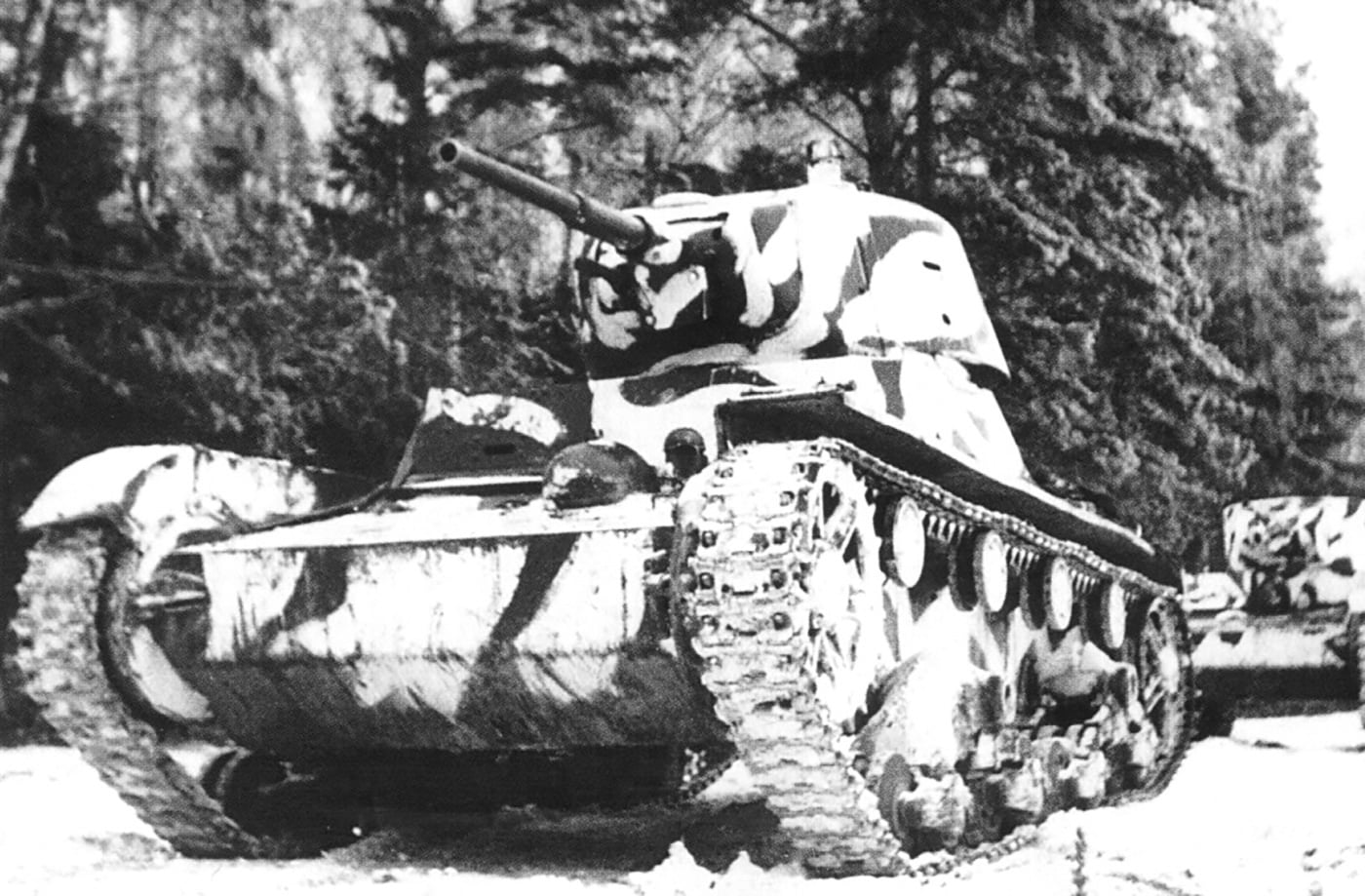
The tank had a conventional layout where the driver sat at the right front, while the commander and gunner(s) were positioned in the turret(s). In the curious twin turret arrangement with the Model A, the main armament consisted of two machine guns. Each of those turrets had a certain degree of independent movement. It was meant to provide a greater field of fire, yet actually limited instead.
The Soviets gradually improved the tank, and that included a revised single turret design — which streamlined production but also allowed for the vehicle to be armed with a long-barreled 37mm cannon. Early models were modified to the latter design, and it is believed that only two remain in the original twin-turret configuration. Both are in museums in Russia.
In total, more than 10,000 T-26s were produced between 1931 and 1941. These tanks proved to be far more than just an upgraded Vickers Mk.E.
“While some contend the T-26 is little more than a copy of the British-produced Vickers 6-ton tank, it really embraced designs that were popular with several nations of the 1930s,” explained John Adams-Graf, noted military vehicle historian and editor of History in Motion, the official publication of the Military Vehicle Preservation Society (MVPS).
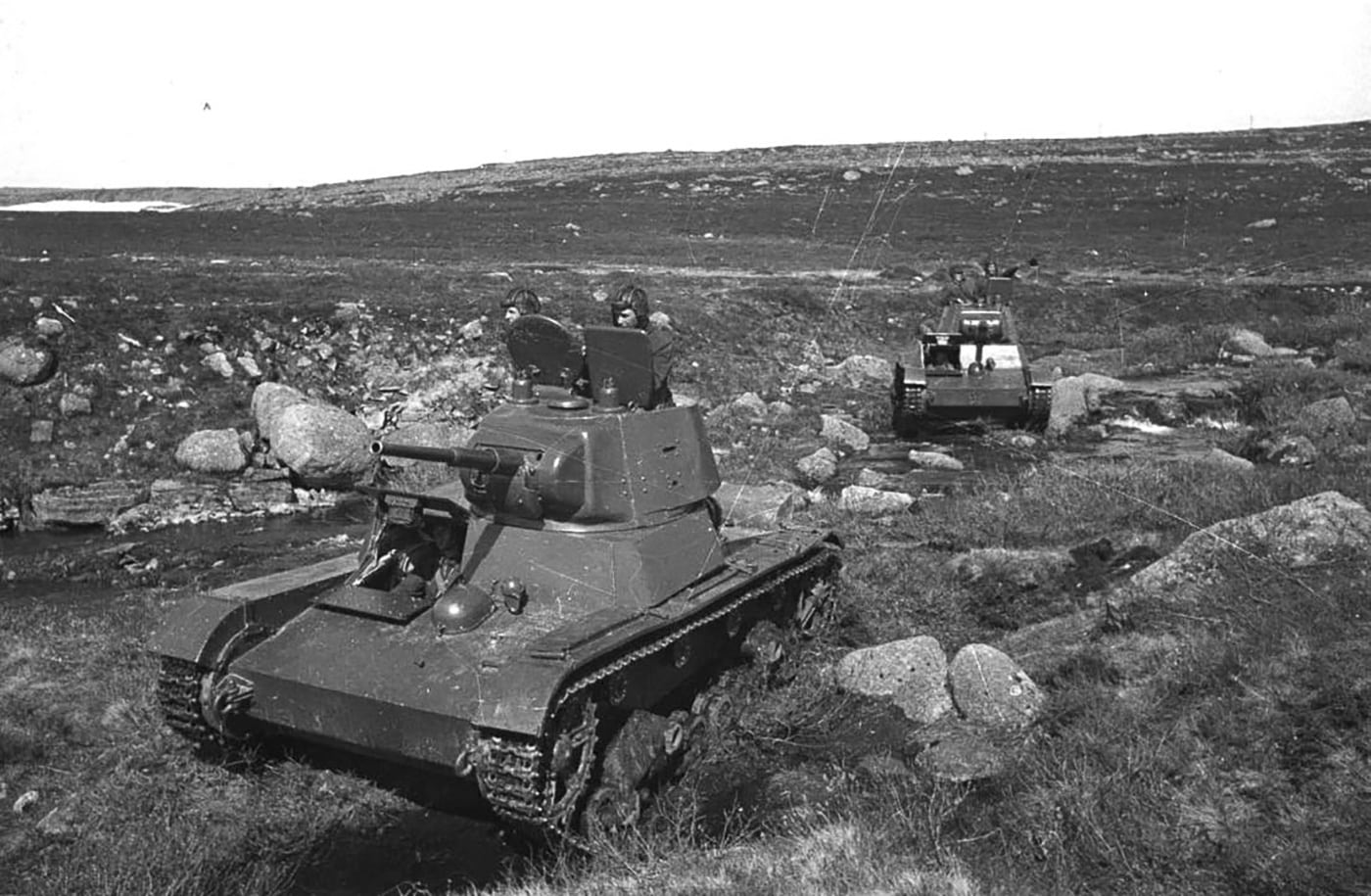
“Not only did the T-26’s twin turrets recall the same configuration of the Vickers 6-ton, but it could also be seen in the United States’ M2A2 and A3 light tanks,” Adams-Graf added. “Like the American tanks, the T-26s eventually evolved to a single turret design in the 1933 model. Ultimately, the Soviet Union produced more than 8,000 of the single turret vehicles, making the model and its variants one of the most numerous of the Interwar period. This, alone, would have made the T-26 significant.”
Experience in Combat
Whereas the Vickers Mk.E 6-ton first saw action in South America, the T-26 was first deployed in combat on the plains of Spain — which served as a prelude to the Second World War.
“Combat during the Spanish Civil War, Second Sino-Japanese War, and the Sino-Japanese conflict of 1938 bestowed an international reputation on the T-26,” suggested Adams-Graf.
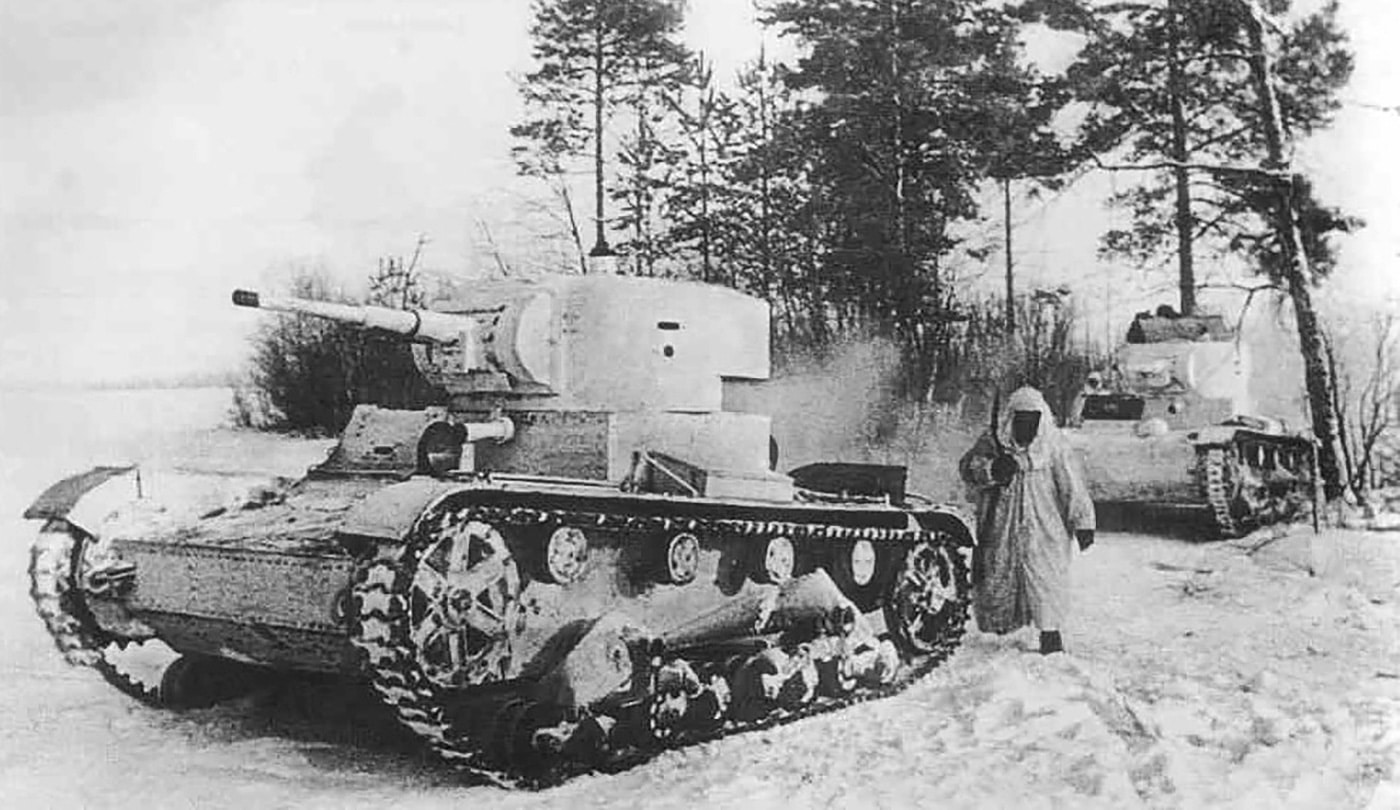
However, it also helped Soviet designers note a few issues with the light tank, namely that the riveted hulls proved ineffective against some Japanese anti-tank fire. It was therefore decided to adopt a new version with an all-welded hull and turret. That model became known as the T-26S.
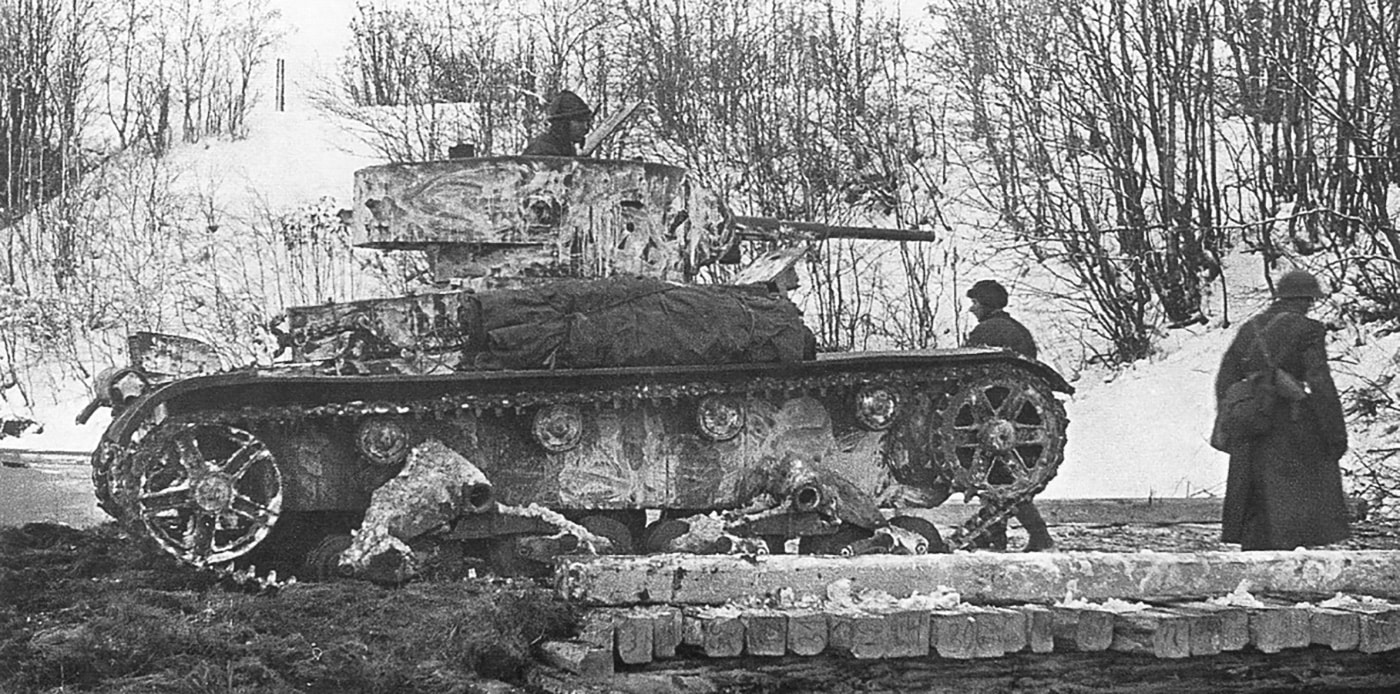
In addition, some of the earlier T-26 models with riveted hulls were retrofitted with the turret of the latter design. The light tank also underwent a number of alterations and modifications, so it is really hard to suggest that there was one “definitive model.” Several special-purpose vehicles were even developed from the chassis up and utilized as self-propelled guns, mobile flame-throwers, bridge layers, smoke and chemical tanks, artillery tractors, and even remote-controlled tank mines.
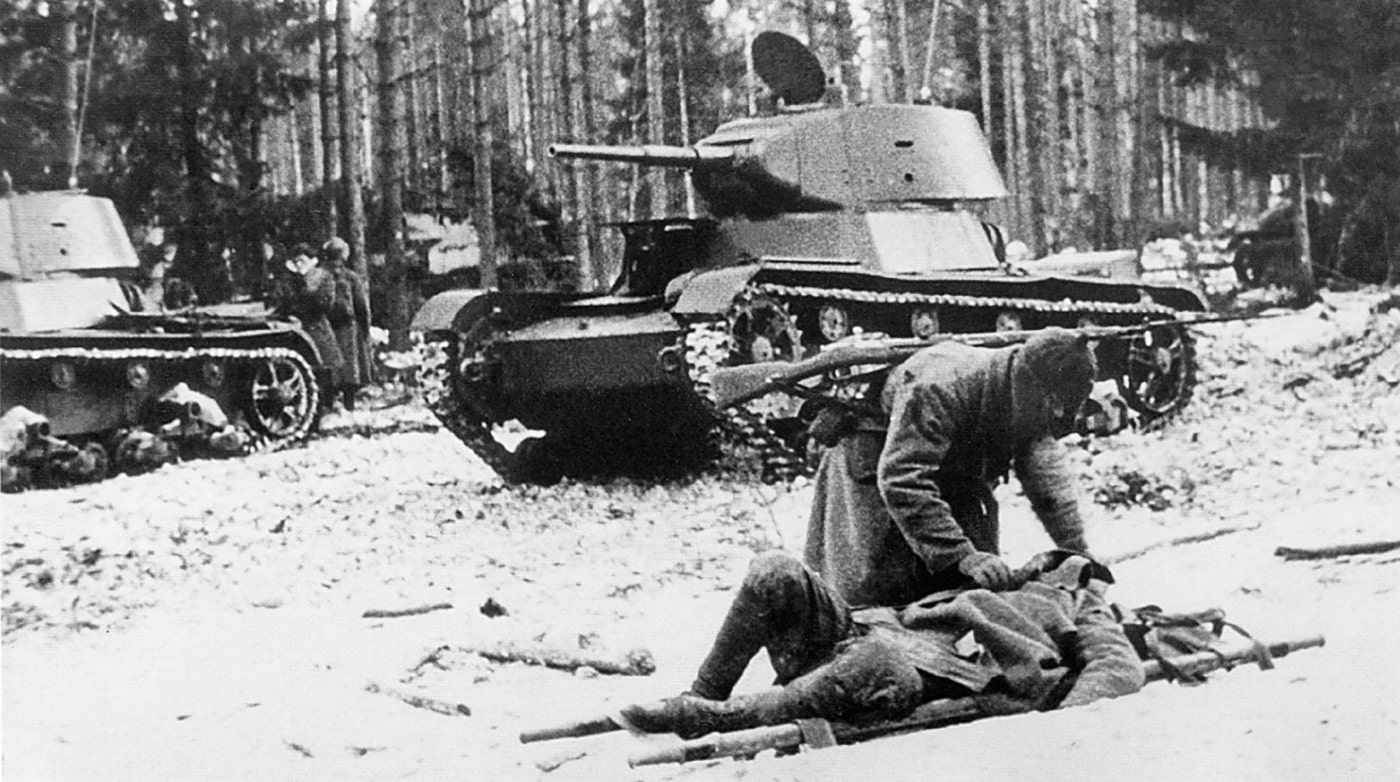
“By the time WWII broke out, Soviet tankers had developed a keen respect and confidence in the small tank, though it would soon prove to be inadequate as the war developed,” said Adams-Graf.
Conclusion
Thus, while the T-26 was not among the best designs, it proved to be the platform that led to the great Soviet tanks that were to come, notably the infamous T-34. It could thus be argued that it was a British design that rejected by its military, and instead proved to be the launch pad for the robust tanks of the Red Army and beyond.
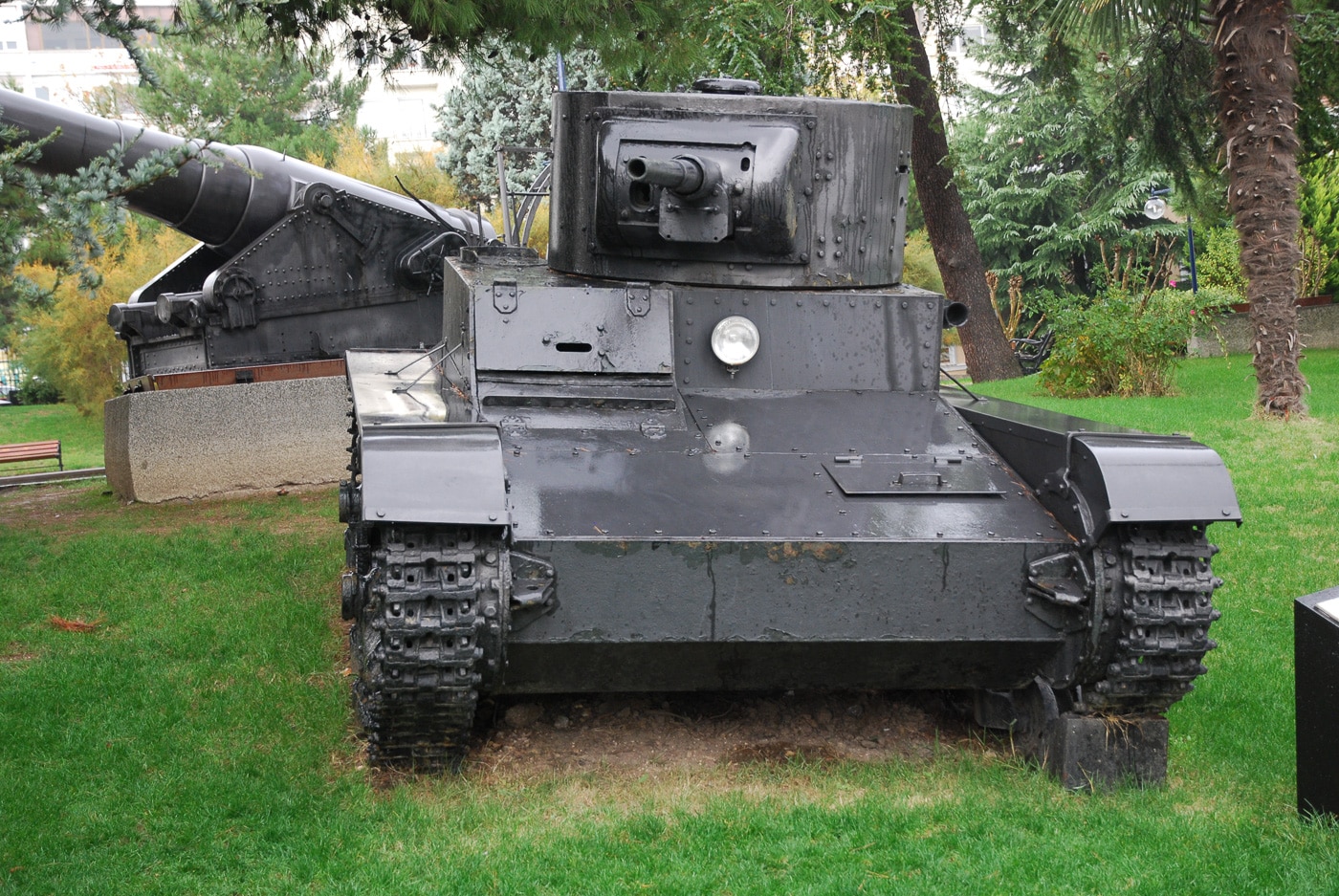
Today, fewer than fifty T-26s survive, and most are in Russia — while a few others are located in Finland and Spain. One of the roughly sixty purchased by Turkey in the 1930’s is now on display outside the Istanbul Military Museum.
Editor’s Note: Please be sure to check out The Armory Life Forum, where you can comment about our daily articles, as well as just talk guns and gear. Click the “Go To Forum Thread” link below to jump in and discuss this article and much more!
Join the Discussion
Continue Reading
Did you enjoy this article?

 74
74





